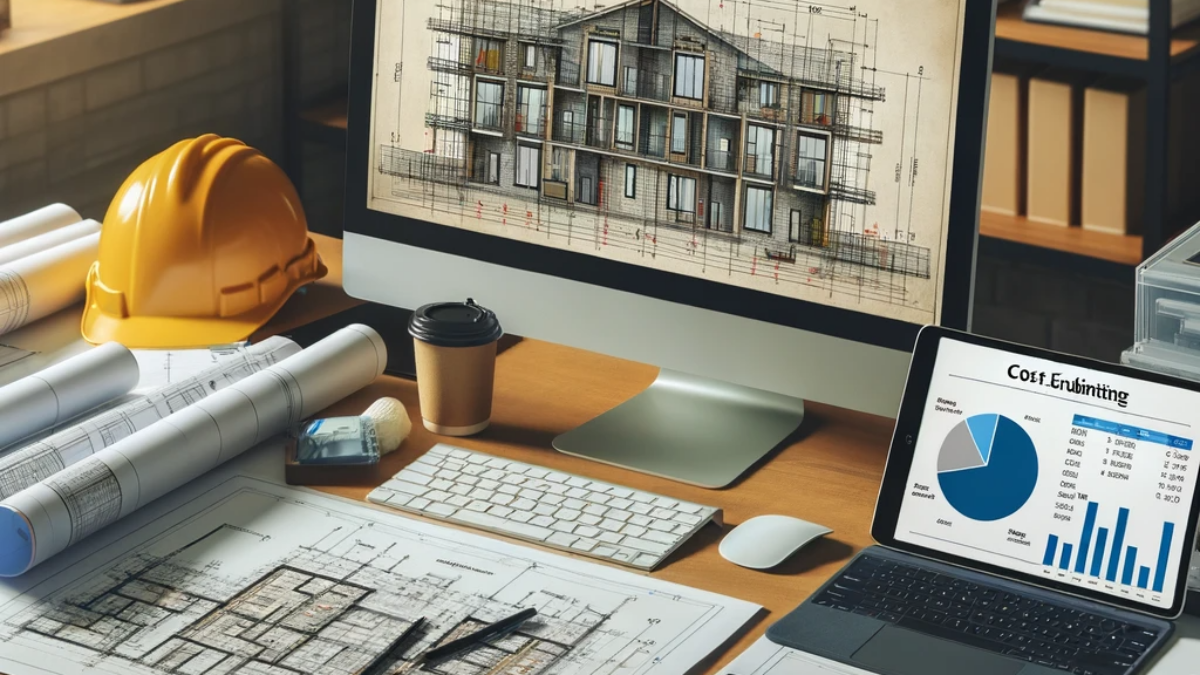Pre-production fee estimation is one of the most vital aspects of any production mission. It lays the foundation for economic planning, danger control, and project feasibility. Without correct estimates, even the excellent designs and most experienced groups can quickly fall into their desires because of financial overruns or sudden costs. A nicely performed estimate presents transparency, aligns stakeholders, and ensures efficient resource allocation. Whether you are constructing a residential domestic or a huge-scale commercial complex, operating with a professional Construction Estimator at the earliest stage facilitates avoiding costly surprises down the line.
This article breaks down the essential steps worried in pre-construction price estimation and gives insights into first-rate practices for accuracy and efficiency.
Understanding Project Scope and Requirements
This consists of accumulating all relevant documentation, including architectural drawings, engineering reports, and consumer specs. The estimator should paintings closely with architects, challenge managers, and customers to clarify desires, timelines, and expectations. This step additionally includes figuring out zoning laws, webpage situations, and neighbourhood building codes that might affect challenge costs. The greater specific the scope, the greater accurate the estimate. Vague or incomplete plans will best result in assumptions, which could derail finances.
Site Analysis and Feasibility Study
Every website has unique conditions that impact the construction fee. This degree entails soil testing, environmental assessments, and surveying the land for grading or drainage necessities. For example, a rocky terrain can also require additional excavation expenses, even as a flood-susceptible area might want unique waterproofing measures. This examination guarantees that the proposed project is feasible from a production and economic perspective. It additionally helps in forecasting any capacity barriers that would lead to brought prices or delays.
Quantity Takeoff and Material Costing
Once the scope and location info are well understood, the estimator moves to the quantity takeoff method. This step entails calculating the quantity of every fabric needed, which includes concrete, metallic, lumber, plumbing, and electrical components. The takeoff is achieved using specified drawings and specifications. Advancements in CAD Design Services have made this step more efficient and precise. By the usage of laptop-aided design software programs, estimators can, as they should, simulate production scenarios and limit mistakes. This digital equipment also streamlines revisions, making it easier to regulate estimates while designs evolve. After figuring out quantities, the estimator assigns unit prices to every object. These expenses are commonly sourced from dealer databases, latest bids, and historical information.
Labor and Equipment Cost Estimation
Materials on their own do not build a shape—human beings and machines do. Labor expenses are calculated primarily based on the form of work, local wage costs, expected productivity, and the size of the crew. This additionally includes fringe benefits, overtime, and supervision. Equipment charges rely on whether or not the machinery is owned, rented, or subcontracted. Costs like fuel, protection, and operator wages are blanketed here. Accurate scheduling also helps determine device availability and capacity of idle instances, which can extensively affect the finances.
Subcontractor and Vendor Bids
Estimators should reach out to dependable providers for prices. These bids must align with challenge specifications and timelines to ensure consistency across all project components. It’s vital to vet every bid carefully. Choosing the bottom quote isn’t always the neatest decision; excellence, experience, and recognition also play a crucial role in long-term price performance.
Contingency and Risk Allocation
No task is without dangers. Weather delays, hard work moves, and sudden website online conditions can all result in price range blowouts. That’s why it’s important to include a contingency allowance inside the estimate—commonly five to ten percent of the total cost. Risk exams assist in categorizing capacity troubles as high or low impact and putting together mitigation techniques. Being proactive in preference to reactive facilitates preserving the undertaking financially steady.
Soft Costs and Overheads
Aside from bricks and mortar, a production budget has to encompass smooth expenses, inclusive of layout costs, allowances, criminal charges, coverage, and project control charges. These are often overlooked; however, they can add up considerably. Additionally, standard contractor overhead—like administrative charges, safety applications, and high-quality guarantees—should be factored into the estimate. Transparent accounting of these factors ensures there are no financial blind spots.
Final Review and Presentation
Once all additives are compiled, the estimate undergoes a final assessment. This consists of move-checking calculations, validating costs, and making sure all scope items are covered. Software gear and peer critiques regularly play a role in ensuring the estimate’s integrity.
The finalized estimate is then offered to stakeholders—proprietors, builders, and financiers—alongside a breakdown of each value element. A well-documented estimate complements and accepts as true, and offers a roadmap for the mission’s financial trajectory. At this stage, it is able to be necessary to revise the scope or layout to align with the price range. This is where the value of Construction Estimating Services will become clear. Experienced estimators can propose alternatives, suggest value-saving techniques, and help keep costs exceptional without exceeding financial limits.
Conclusion
Pre-creation cost estimation is greater than only a budgeting workout—it’s a strategic planning device that shapes the success of a construction mission from the very beginning. From defining the scope to analyzing web page conditions, estimating fabric and exertions, and incorporating contingencies, each step plays an important role in turning in tasks on time and within budget. By leveraging tools like CAD design and relying on expert estimating offerings, developers and contractors can navigate the complex panorama of production costs with clarity and self-confidence. A thorough, correct estimate isn’t just proper practice—it’s the inspiration of a successful construct.




